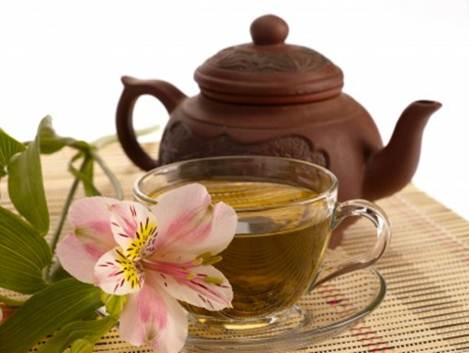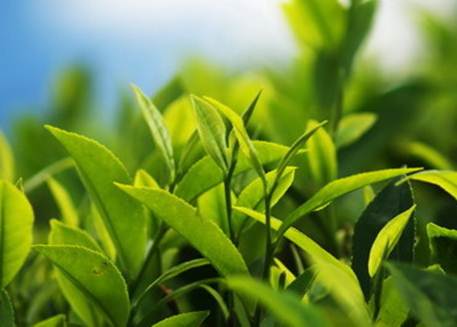The benefits of tea
It has been drunk for hundreds of years,
but tea is good for you and contains half the caffeine of coffee. Here's the
low-down, from how to brew to where to buy

All tea comes from the same plant genus,
Camellia Sinensis. It is the process of drying the tea that causes it to be
black, green or white. This process will vary, but here is a simplified
explanation. First of all, the leaves are picked. For black tea, the leaves are
dried in the sun or have hot air blown over them. For green tea, they are
sun-dried and then either "pan-fried" or steamed to lose moisture.
Then they can be rolled and dried again. They retain their green color and
freshness, whereas for black tea, the leaves are left to ferment and oxidise,
which makes them blacken and gives their distinctive flavor. For white tea,
just the buds are picked before ripening and they are sun-dried, but not rolled
or fermented. This gives the very delicate flavor and high cost.
Brewing tea
The best way to do it

How
to brew the “perfect” pot of tea?
Once you get into brewing tea properly, you
will see why different cultures have made tea into a ceremony. Even in Britain,
before the advent of the "teabag in a mug" culture, the problems of
the world and the family were always solved around the table over a pot of tea.
So many people dislike green tea, as they
say it's too bitter. Essentially, they aren't making it properly! The leaves
are delicate and if you pour freshly boiled water straight on to them, it will
cause the tannins to be released, which causes the bitterness. You should allow
around 1 teaspoon of tea leaves per person, and let the water stand before
pouring it into the pot. Invest in a pot with a removable tea holder (as in our
picture, left). With good teas, you leave it to brew for a few minutes, but
then remove the holder and the leaves, which you should be able to re-use twice
more. If you leave the water on the leaves for too long, it will stew. This is
the same for any tea. Splash out on delicious tea (see where to buy) and bring
back the art of the tea ceremony - it's good for your soul, and your body, too.
Tea
From leaves to your cup

Green
tea
Making tea is a real process Clockwise from left: Once the leaves are picked, for black tea,
they are withered to lose moisture, then rolled to break them up and to cause
oxidation. Once oxidised, they are dried again, and are then ready to be
packed.